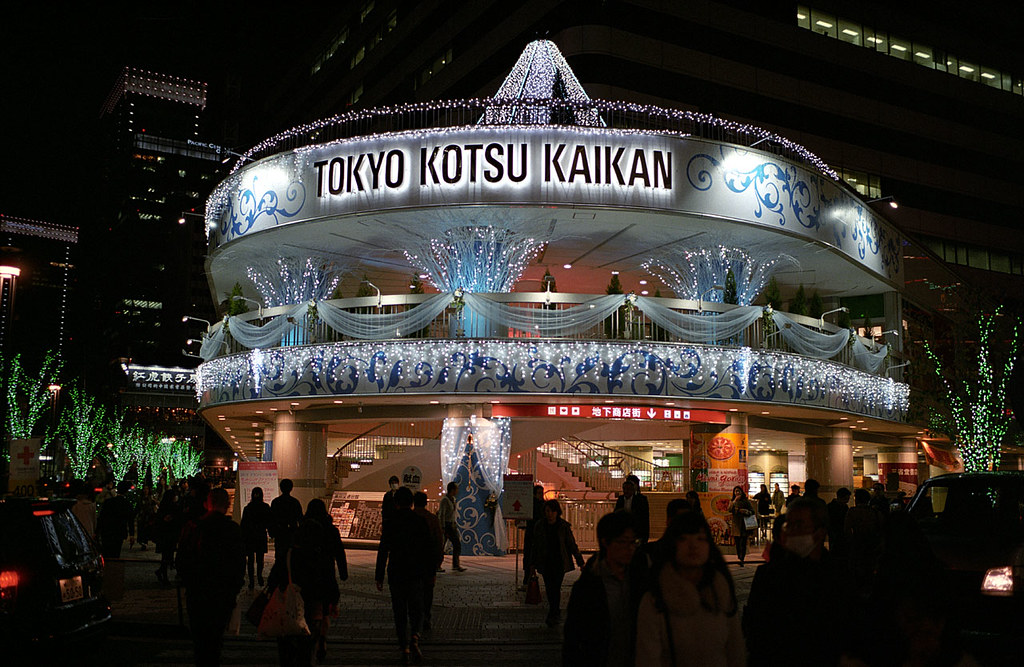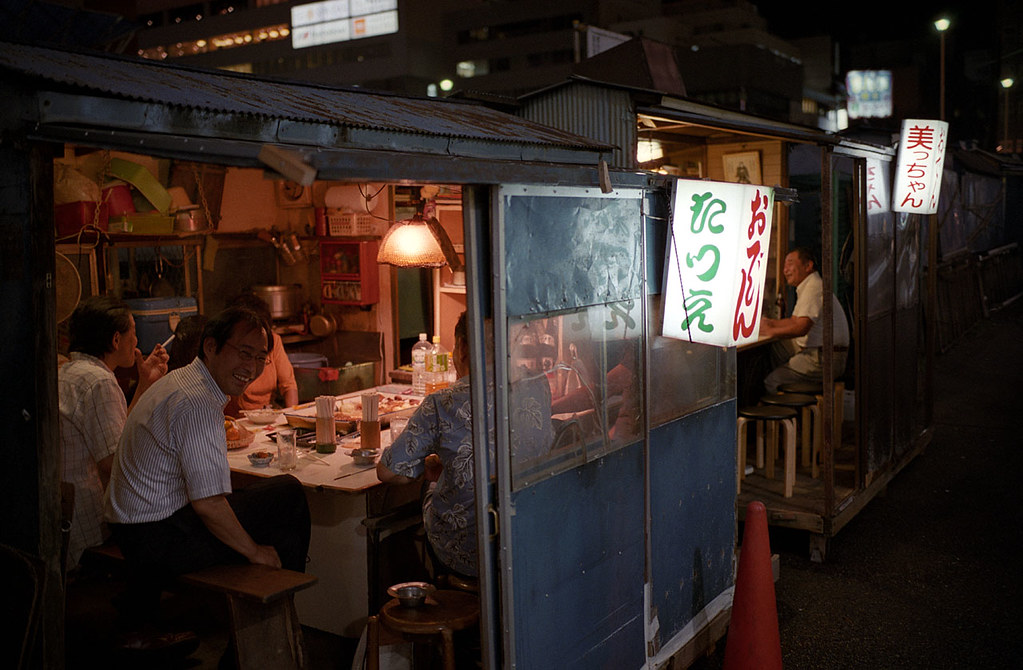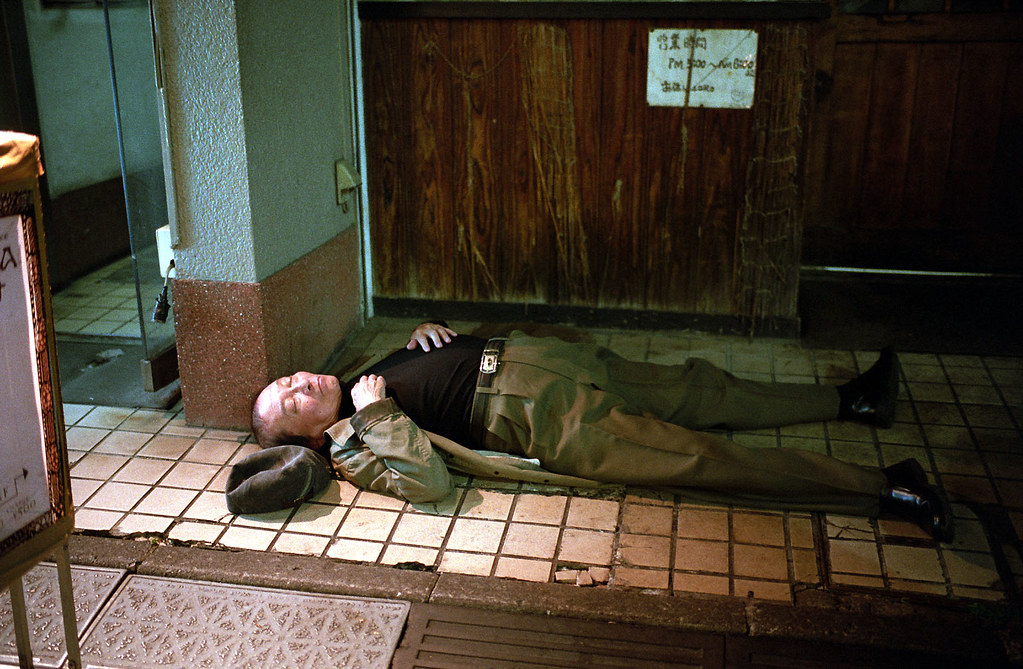raid
Dad Photographer
I recently bought a ZM 35/2 to complement my 35 Summicron and my pre-asph Summilux. These three 35mm lenses form a wonderful set. I do not have the 35/1/4 ZM though. Am I missing something?
bobby_novatron
Photon Collector
ZM Distagon 35/1.4 on my M 240. I think I shot this one around F2. I love this lens, I don't use it nearly enough.


bobby_novatron
Photon Collector
And another one, taken of my grouchy cat.


ZM Distagon 35/1.4 at F1.4. Coma is very well controlled.


Archiver
Mentor
Okay, so years after the hullabaloo of this lens has peaked, I was able to get into a camera shop and try one. Wow. Just wow. The lens is definitely smaller and lighter than the Voigtlander 35mm f1.2 v1, and still balances decently on the M9. This is a big plus as I am a bit borderline on the size and weight of the f1.2 v1.
Wide open it is SHARP. Heck, I am so impressed. I'm used to my Voigtlander 35 f1.4 and f1.2 being glowy and a little hazy wide open, but the Distagon has none of this. Bokeh is smooth and has no nervousness, like the Nokton f1.4 sometimes has.
The focus ring is firm, although it might loosen a touch over time. Likewise with ther aperture ring. I cannot say enough just how impressed I am with the wide open performance.
I haven't tried the Voigtlander 40mm f1.2 yet, but I will when I can, and hopefully compare it with the Distagon side by side, shooting the same things. It will also be interesting to see if there is a difference in T stop between the 35/1.2, Distagon f1.4 and 40/1.2, because I've found that light transmission in the 35/1.2 is pretty high.
Wide open it is SHARP. Heck, I am so impressed. I'm used to my Voigtlander 35 f1.4 and f1.2 being glowy and a little hazy wide open, but the Distagon has none of this. Bokeh is smooth and has no nervousness, like the Nokton f1.4 sometimes has.
The focus ring is firm, although it might loosen a touch over time. Likewise with ther aperture ring. I cannot say enough just how impressed I am with the wide open performance.
I haven't tried the Voigtlander 40mm f1.2 yet, but I will when I can, and hopefully compare it with the Distagon side by side, shooting the same things. It will also be interesting to see if there is a difference in T stop between the 35/1.2, Distagon f1.4 and 40/1.2, because I've found that light transmission in the 35/1.2 is pretty high.
Archiver
Mentor
Does anyone understand this quote from B&H? Seems like arbitrary jargon:
"Additionally, the 35mm focal length has the added benefit of subjecting the frame to minimal distortion or compression, so that proportions and elements within the image are more accurately depicted."
It sounds pretty straightforward. Perspective distortion is more pronounced at shorter focal lengths, and compression is more evident at longer focal lengths. Zeiss marketing is implying that 35mm is the sweet spot of going wide without suffering too much distortion or compression.
Images from the Distagon seem to show minimal barrel distortion, which was a valued characteristic of lenses like the 'Hollywood' Zeiss Contax 28mm f2 and its Pentax counterpart from the 80s, but not valued if you want accuracy in representation. Depends on what you want in a given situation.
Share:





